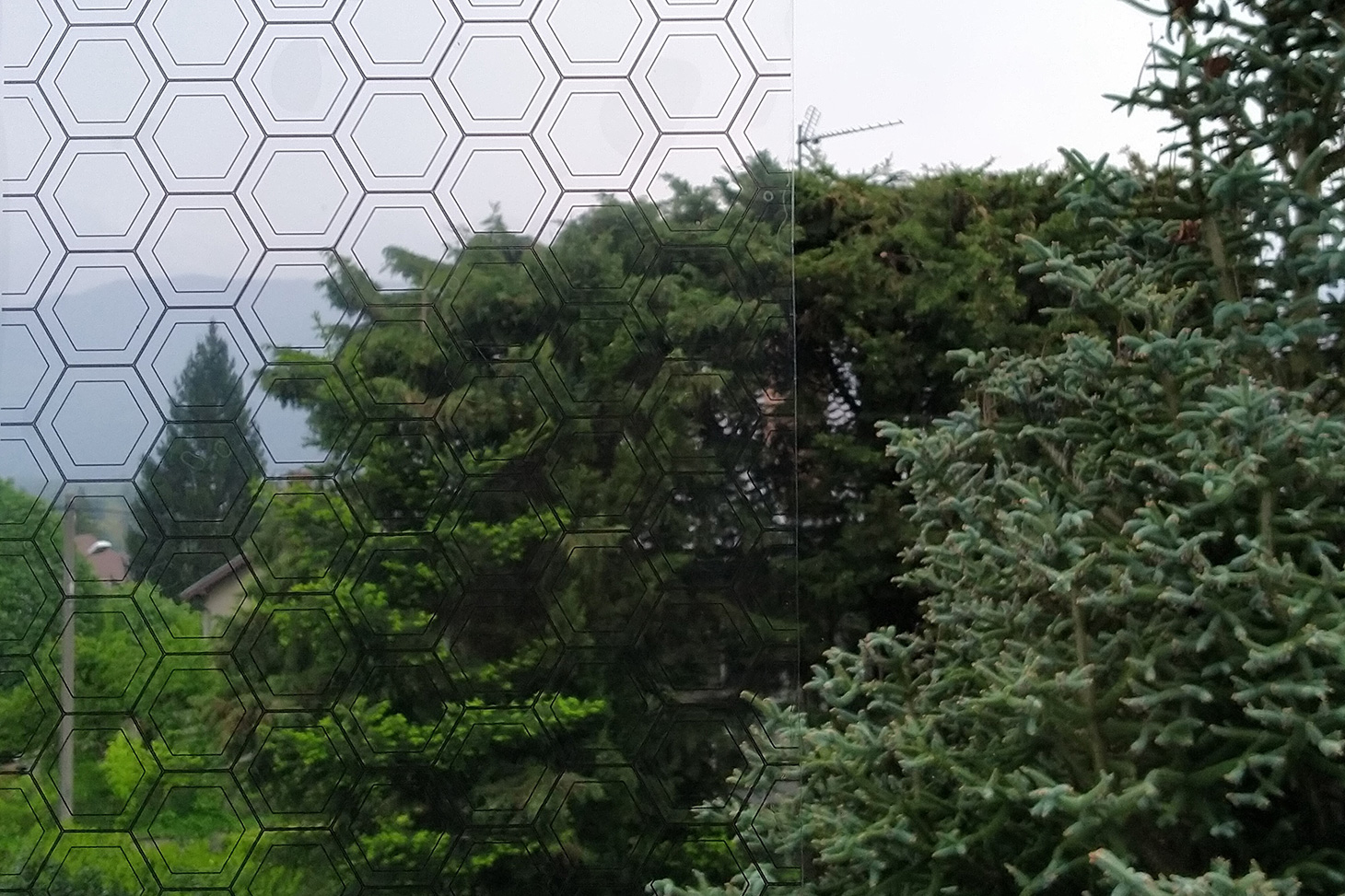Plastic film for better network reception in buildings
Business, Research
On April 28, 2021

Launched in March 2021 after incubation at SATT Linksium, the Lichens start-up uses a process from IMEP-LAHC* to improve telephone network signal reception in buildings, without losing thermal insulation quality.
Do you lose your signal as soon as you walk through your building’s front door? This is probably due to heat-insulated windows and other new advanced materials used to optimize the energy efficiency of buildings and meet new standards. These inevitably lead to a reduction in the transmissibility of waves of all kinds, including sound and electromagnetic waves such as those used by smartphones.
To resolve this issue, the Lichens start-up has found a solution that comes straight out of IMEP-LaHC. “We had already developed and patented paper coatings that could block waves such as wifi,” explains Tân-Phu Vuong, a lecturer at Grenoble INP – Phelma and a researcher at the laboratory. “We had the idea of doing the opposite and using the same technical processes to facilitate the passage of the waves and regain signal strength.” To do so, we used the frequency selective surface (FSS) process, which consists in printing patterns using conductive inks on plastic film”, continue François Vincent and Olivier Vandermoten, two engineers with a background in industry and the founders of Lichens. The film is intended to be simply placed on the window and glued by the adhesive power of plastic film. “These patterns favour the passage of certain frequencies by resonating with the conductive layer of the glass.” They enable an increase of at least 10dB for the desired frequencies and improve signal reception inside buildings.
To resolve this issue, the Lichens start-up has found a solution that comes straight out of IMEP-LaHC. “We had already developed and patented paper coatings that could block waves such as wifi,” explains Tân-Phu Vuong, a lecturer at Grenoble INP – Phelma and a researcher at the laboratory. “We had the idea of doing the opposite and using the same technical processes to facilitate the passage of the waves and regain signal strength.” To do so, we used the frequency selective surface (FSS) process, which consists in printing patterns using conductive inks on plastic film”, continue François Vincent and Olivier Vandermoten, two engineers with a background in industry and the founders of Lichens. The film is intended to be simply placed on the window and glued by the adhesive power of plastic film. “These patterns favour the passage of certain frequencies by resonating with the conductive layer of the glass.” They enable an increase of at least 10dB for the desired frequencies and improve signal reception inside buildings.
Published on April 29, 2021
Updated on April 29, 2021
Updated on April 29, 2021

